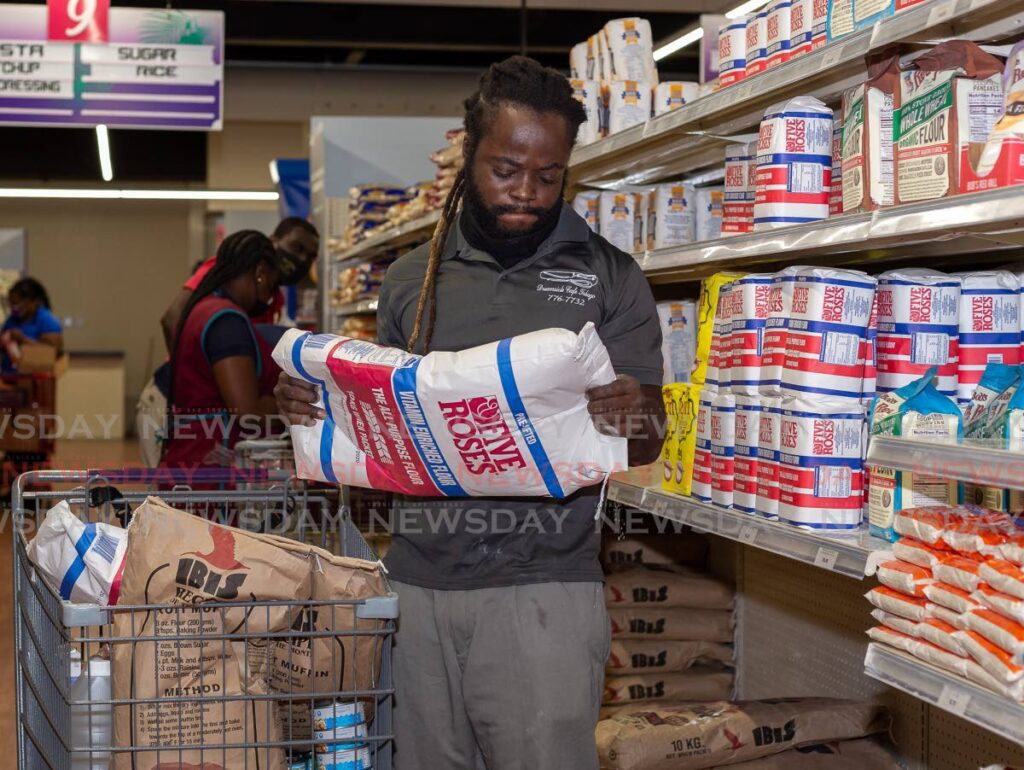Will flour prices rise again?

EARLIER this month, consumers breathed a sigh of relief when Nutrimix and then the National Flour Mills (NFM) reduced flour prices due to falling grain prices.
Initially, the NFM was somewhat more conservative in its approach and took time to come to its decision to slash prices by ten per cent, saying it did not wish to be placed in a situation in which it might have to raise prices again a few months. Its caution has proven justified.
On Monday, Russia suspended its participation in a key deal that had allowed Ukraine to export grain via the Black Sea.
The deal brokered by the UN and Turkey exactly one year ago aimed to stave off a global food crisis by allowing Ukraine – a major producer of grains and oilseeds – to continue to export notwithstanding the outbreak of the Russia-Ukraine war, the outbreak of which initially pushed global food prices to record highs.
Russia said it was withdrawing from the Black Sea grain initiative because it was not benefiting from the deal. But suspension of its participation comes after several recent blows to its war efforts, including the fallout from an averted coup led by Yevgeny Prigozhin as well as Turkey’s recent decision, at long last, to back Sweden’s membership of NATO.
Whatever the motivations, this development throws a spanner in the works of long-term projections that food prices are on a downward trajectory. As soon as Russia announced its withdrawal, the market reacted with prices rising. It’s not unreasonable to expect prices for staples like bread and pasta to go back up in coming months.
Of course, the collapse of the Black Sea deal on its own might not result directly in prices fluctuating. Ukraine had, prior to Monday, begun exporting through other routes, such as through the EU.
Nutrimix and NFM had also cited drops in other costs, such as shipping, and had pointed to the development of more reliable distribution chains.
The Central Bank, as it noted a drop in inflation earlier this year, cited an easing of global food costs. Such factors could result in the situation remaining unchanged in coming months.
However, there is reason to believe Russia’s move this week could yet precipitate another food crisis which could send prices skyrocketing.
Global wheat stocks remain tight and programmes such as the UN’s World Food Programme rely on supply from Ukraine for a substantial portion of the food it supplies to African nations and West Asia. It is estimated that last year, 349 million people experienced acute hunger and 772,000 teetered on the edge of famine globally.
When combined with a worsening climate change crisis, which has seen record temperatures all over the world this year and projections of a stronger than usual El Nino in the coming months, the pressures on global food supply could become even more substantial, notwithstanding increased production of some commodities such as corn.
This means the scale could be tipped in favour of future increases, which is bad news for consumers and economies all over the world.


Comments
"Will flour prices rise again?"